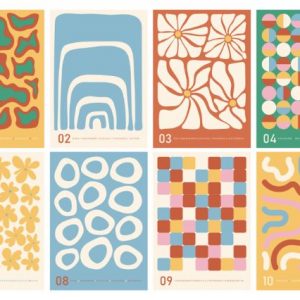Design is in a constant state of evolution, with trends emerging at a rapid pace. Staying on the creative pulse is paramount for brands seeking to maintain relevance and influence in an ever-changing landscape. This understanding is increasingly demonstrated by businesses, as 66% now view design as an integral part of their overall strategy.
To understand the significance of design, we need to decode the drivers of trend changes. These shifts often align with advancements in user experience, enhancing the functionality and usability of products, websites, and apps. By aligning with current design trends, businesses not only resonate with consumers – driving engagement and conversion rates – but also inspire user-generated content. This strategic move propels them onto a self-sustaining and influential marketing journey.
Now let’s dive into what we can expect to dominate the design landscape in 2024.
Maximalism:
Recent years have seen a noticeable shift away from the ultra-minimalism that characterised design trends throughout the 2010s. The pendulum has swung toward the embrace of maximalism, with brands and consumers gravitating towards designs that are not just bold but outright eccentric. We’ve seen the maximalist trend throughout marketing and graphic design in the form of big & bold typography, vibrant and contrasting colours, and an unapologetic approach to visual stimulation.
Maximalism in design is representative of brand personality. It injects a playfulness and distinctly human element into a brand’s identity. The loud and expressive maximalist aesthetic creates a unique vibrancy that viewers can align with. This intentional shift from the restraint of minimalism aims to create an immersive brand experience, and we’re excited to see where this trend takes us in 2024
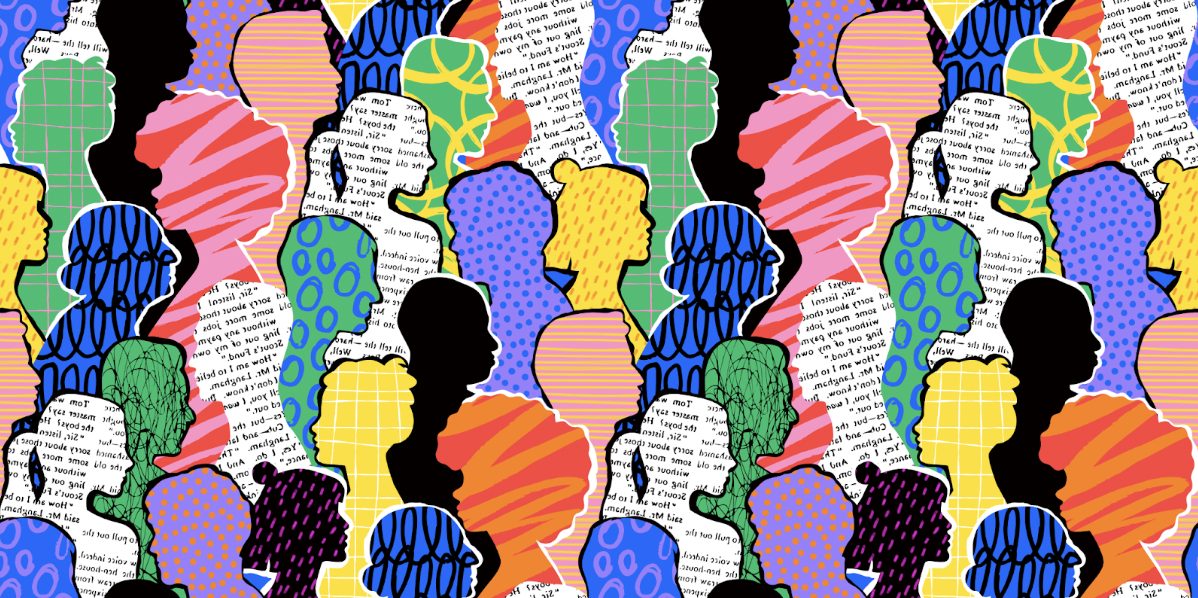
Refreshing Pastels:
For brands favouring a more understated aesthetic, there’s a compelling avenue in the realm of personality-driven pastels. There are some misconceptions about this colour palette, but the type of pastels we’re talking about are not the pale or muted tones you might be familiar with. Bid farewell to the era of ‘millennial pink’, for pastels in the contemporary sense embody bright and refreshing hues that burst forth with energy and vivacity.
Embracing this trend is not just a visual choice, but a strategic move to infuse your brand with a modern, approachable charm that resonates with diverse audiences. Pair this colour palette with softer shapes and rounded typography to create a harmonious visual language that communicates warmth and accessibility.
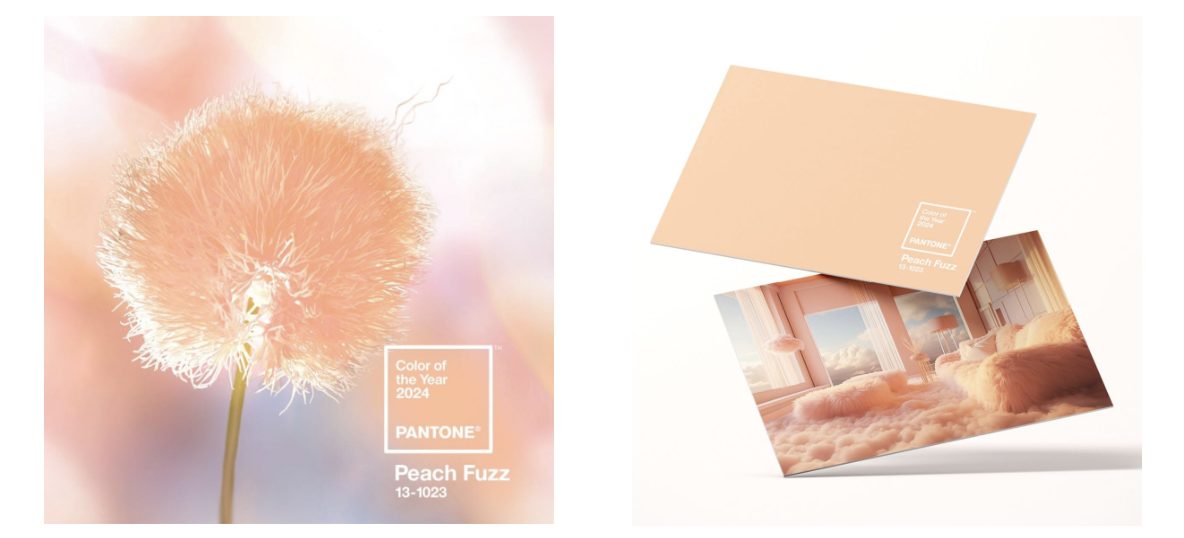
Retrofuturism:
As we continue to push the boundaries of technology, our modern world has warmly embraced a futuristic aesthetic that seamlessly intertwines with the nostalgic retro vibes of the 80s. This fusion of old and new has permeated various design platforms, from graphic designs to clothing and interiors. We’ve witnessed its influence in fashion through the resurgence of Y2K aesthetics and in iconic films and TV series like Blade Runner, Black Mirror, and Stranger Things. There’s an undeniable allure and excitement in this dark yet futuristic tech-inspired aesthetic, and it’s poised to continue dominating the graphic design scene in 2024.
Imagine incorporating interactive elements to your print materials, such as QR codes that viewers can scan to be directed to an immersive online experience. Use lightbox displays in your signage suite for a neon aesthetic, or holographic stickers as throw-ins to enhance your unboxing experience for eCommerce orders. The key is to leverage this retro futuristic trend to create visually striking and memorable brand experiences.

Inclusivity:
In an era marked by increasing awareness and advocacy for inclusivity, brands have astutely acknowledged the pivotal role of representation and diversity in shaping their visual identity. The incorporation of universally accessible design celebrates diverse ethnicities, genders, and abilities. In the realm of signage and advertising materials, businesses are actively showcasing the diverse faces and stories that make up their communities. A commitment to inclusivity extends beyond visuals, with brands ensuring that their products and experiences cater to a broad spectrum of users. The embrace of diversity fosters a sense of belonging and positions brands as champions of equality and acceptance.
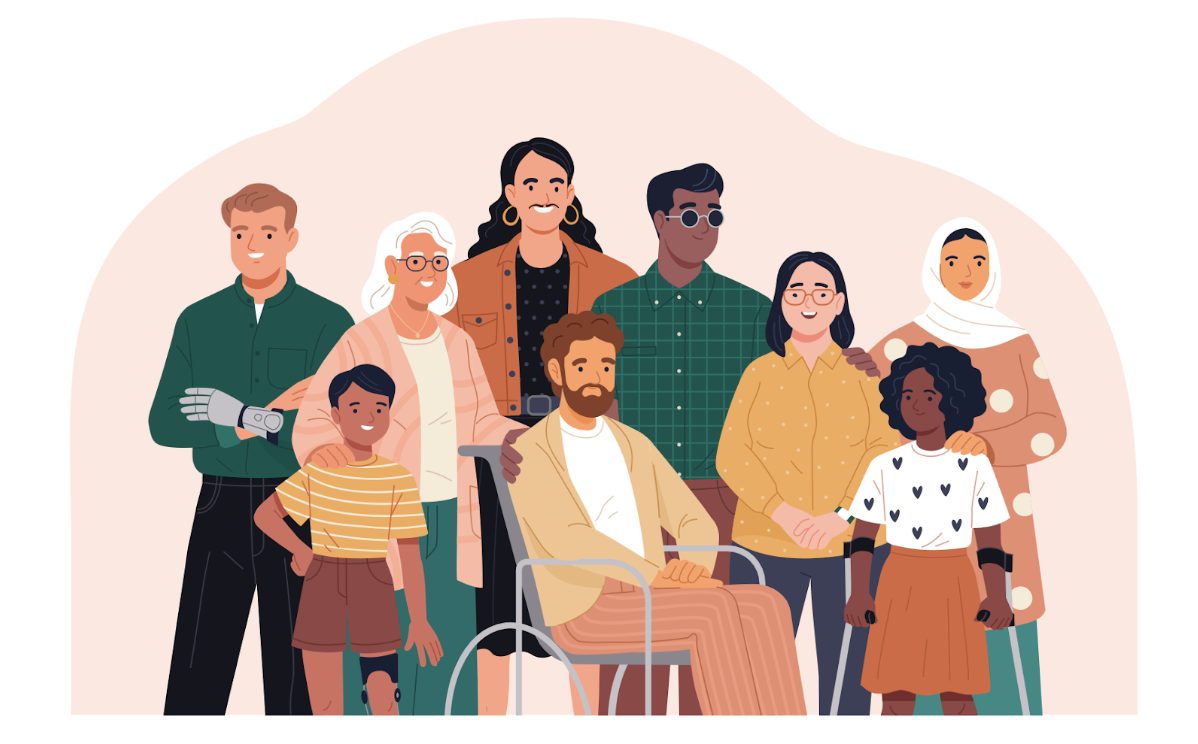
Biophilic Aesthetics:
For brands seeking a harmonious connection between nature and design, look no further than biophilic aesthetics. This trend finds particular resonance in industries centred around relaxation and wellness, including mental and physical therapies, fragrances, spa, and skincare. The palette leans towards earthy tones and embraces organic shapes, creating a visual language that mirrors the rugged elegance of nature.
Choosing sustainable materials for packaging contributes to a neutral, rustic aesthetic, and doubles-down on the eco-driven nature of the biophilic trend, promoting both environmental consciousness and brand sustainability. Beyond aesthetics, biophilic design promotes a profound connection to nature, providing customers with a sensory experience that transcends the ordinary and emphasises the importance of environmental stewardship.
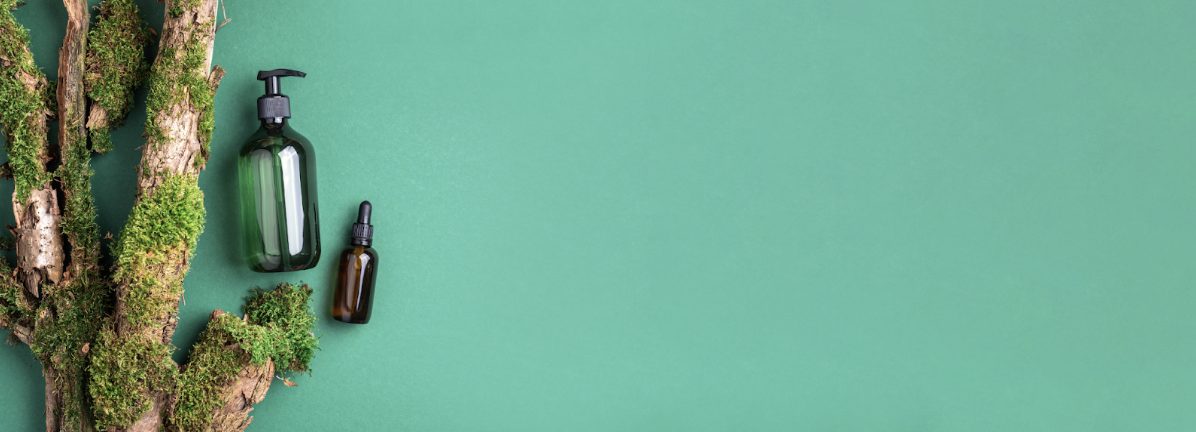
The dynamic force of design continues to shape the visual landscape of businesses across all industries.
Each trend 2024 has to offer provides a unique opportunity to differentiate your business, connect, and engage. By staying attuned to these trends and strategically implementing them, you can position your business as not just an observer, but as an active participant in the unfolding journey of design evolution. Forming part of your broader marketing strategy, our Kwik Kopy Centre Experts are eager to collaborate with you, bringing your concepts to life.
Find your local centre and speak to one of our Krew members today.

